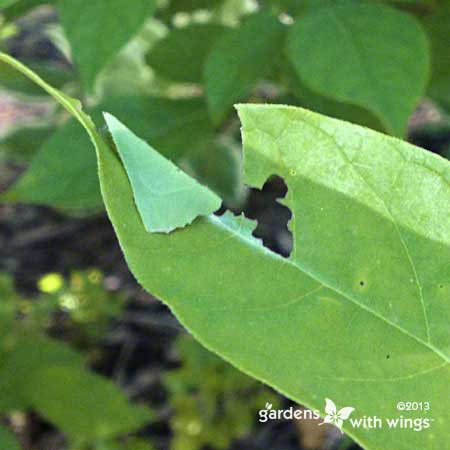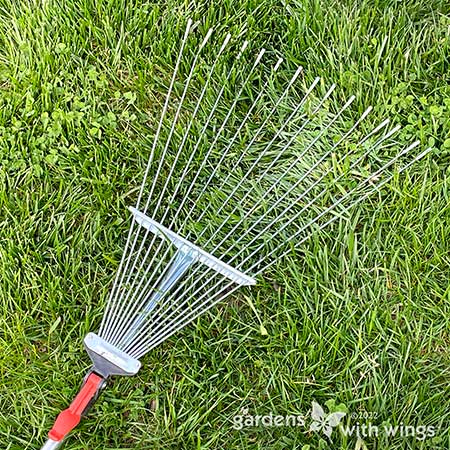When it comes to butterfly garden maintenance, initially, most people would be inclined to think it should be maintained just like any other garden. After all, it’s still a garden, it’s still plants that we’re growing right?
Well, yes and no.
You could go about your butterfly garden the same way you would for normal gardens without taking into account the butterflies, and you would still have a healthy garden that supports them.
However, by being conscious of their life cycles and needs and structuring your maintenance methods and times around them, you’ll have a much more butterfly-friendly garden.
If you’re looking to find out how best to maintain your butterfly garden so that you can best support your local butterflies, then jump right in!
Can Landscapers Perform The Maintenance For Me?
Certainly, but not all landscapers are familiar with butterfly gardens. For example, while Boise Landscaping Company is an established name when it comes to landscaping Boise Idaho, they may or may not know how to specially maintain gardens for butterflies.
Instead, you should look for companies that either specialize in butterfly gardening or have demonstrated previous success with butterfly gardens.
So yes, landscapers with the right experience and expertise can definitely do a good job of maintaining your butterfly garden, but you’re going to need to check with them beforehand whether they have the expertise.
For those maintaining their own butterfly garden, here are the things to look out for.
1. Pruning
For pruning, you can still follow the regular seasonal maintenance schedule. However, there are things to take note of for each season.
Winter
For winter, since many butterfly species overwinter as eggs, caterpillars, pupae (chrysalises), or even adults in sheltered locations like under leaves, in tree bark crevices, or in the ground, chances are, you won’t affect any of them by pruning the dead or spent parts.
For many trees and shrubs winter is a good time to prune. However, it’s not a universal rule, and there are some important considerations when pruning.
Spring
Come spring, butterflies are emerging from overwintering. At this point in time, butterflies will begin their activity and start to lay eggs. They will be laying their eggs on host plants, so while pruning is necessary, it should be done carefully.
Ideally, start by finding out which of your plants have eggs on them by identifying the host plants for your local butterflies. If you’re not sure, then the best thing to do is to check each plant carefully before you begin pruning.

For those that aren’t host plants, you can prune freely, but for those that are host plants, you’ll have to find the eggs, chrysalises, and caterpillars and prune around them.
Summer
Summer is when butterflies are most active, so even less pruning should be done at this time. During summer, adult butterflies will be actively mating, finding food, and sometimes laying a second round of eggs.
But at the same time, the previous round of eggs from spring will have hatched, so you’ll have many eggs, caterpillars, and chrysalises at your host plants.
No matter how meticulous you are, human error is always present, and it’s almost inevitable that you’ll end up hurting or killing some butterflies here and there if you do a decent amount of pruning. As such, it’s best to avoid pruning as much as possible during summer to avoid hurting or killing them.
Autumn
Finally, for autumn, there will be much fewer eggs, caterpillars, and chrysalises, but there may still be a few here and there.
As such, like with spring, prune carefully around host plants.
2. Water Feature Upkeep
If you have a water feature, whether it’s a birdbath, a pond, or a puddling station, it’s important to regularly check it and clear away any algae or debris, and if it’s stagnant like a birdbath, check for mosquitoes too.
While butterflies can drink non-pristine water, the point of clearing away those things is to prevent the spread of diseases.
3. Clear Away Debris
Fallen debris may not appear to affect butterflies in any way, but while they don’t directly affect butterflies, they can encourage diseases and pests.
Some organic material can be beneficial to shelter butterflies, but too much will only make it easy for pests and diseases to spread.

4. Closely Monitor Host Plants
By rights, you should be keeping an eye on the health of all your plants. In particular though, you should be keeping an even closer eye on the host plants, as they’ll be playing the biggest part in supporting butterflies.
Watch out for any signs of deteriorating health such as discoloration, wilting, and so on, and make sure to address them quickly.
Even during winter and autumn, butterflies will still be using these plants for shelter, so it’s of the utmost importance that these host plants remain healthy at all times.
5. Clear Debris Around Chrysalises
When adult butterflies are coming out from chrysalises, their wings will be soft and wet. If there are obstacles blocking its exit or not allowing it to leave its spot, it may have to squeeze through and risk damaging its wings permanently.
It’s going to be more work and effort, and you might not catch all of them, but where you can find chrysalises, make sure their exit path is clear of any obstacles.
6. Minimize The Use Of Chemicals
You should already know this, but chemicals can be very harmful to butterflies, and just animals in general. Always avoid the use of chemicals where you can, whether its insecticides, pesticides, weed killers, or even fertilizers.
This can be done with alternatives like pest traps, manual weed removal, natural fertilizers, pest predators, and the list goes on.
It may take more planning and effort, but it’s necessary to preserve the health of the butterflies in your garden.
Conclusion
The majority of butterfly garden maintenance is going to be the same as you would for a normal garden.
You may have noticed that each of the steps listed here isn’t going to have a huge impact. Rather, each one aids and supports butterflies in small ways that add up.
Together, these small steps can make a huge impact, so make it a point to implement as many of them as you can.







